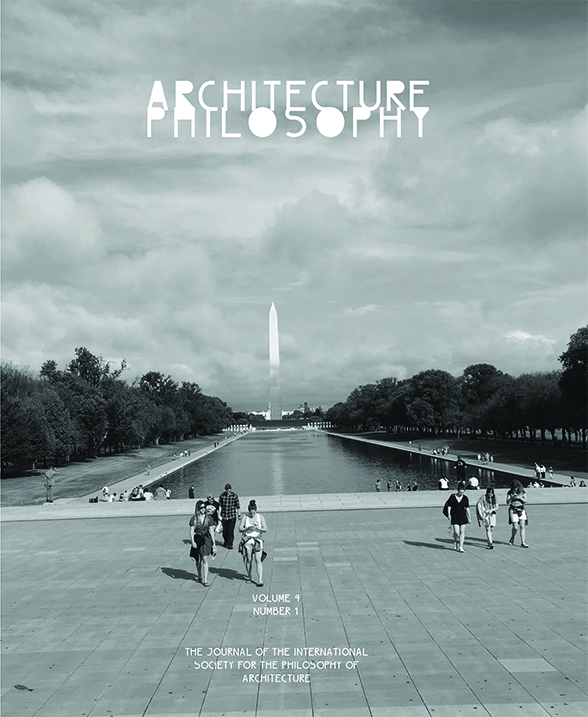How Not to Be at Home in One's Home: Adorno's Critique of Architectural Reason
Main Article Content
Abstract
Adorno wrote prolifically about modernism in culture and the arts, but little has been written about whether or in what form he might have addressed architectural concerns. The project of exploring this potentially fruitful intersection has been helped in the last couple of decades by authors from philosophy and critical theory contrasting his ideas about dwelling with Heidegger's and by architectural theorists considering the import of his aesthetic theory.1 If these fall shy of the more immediate connections to architecture that some have hoped to uncover, this is because Adorno almost never wrote about specific buildings and their designers (which is the kind of specificity that you do find in what he wrote about music and literature). Neither did he publish any texts dedicated exclusively to architecture or dwelling, which is not to say that he never wrote about them or that architectural concerns are absent from his work. Adorno's writings on dwelling and architecture live here and there, emerging and then moving on to surface later, if not often as direct commentary then as a kind of architectural gaze his thinking sometimes employs. Dwelling and architecture exist like exiles in his writings even though the question of dwelling—of what it means to inhabit social and space-time worlds as embodied beings—lies as much at the core of Adorno's philosophy as it did in Heidegger's.
